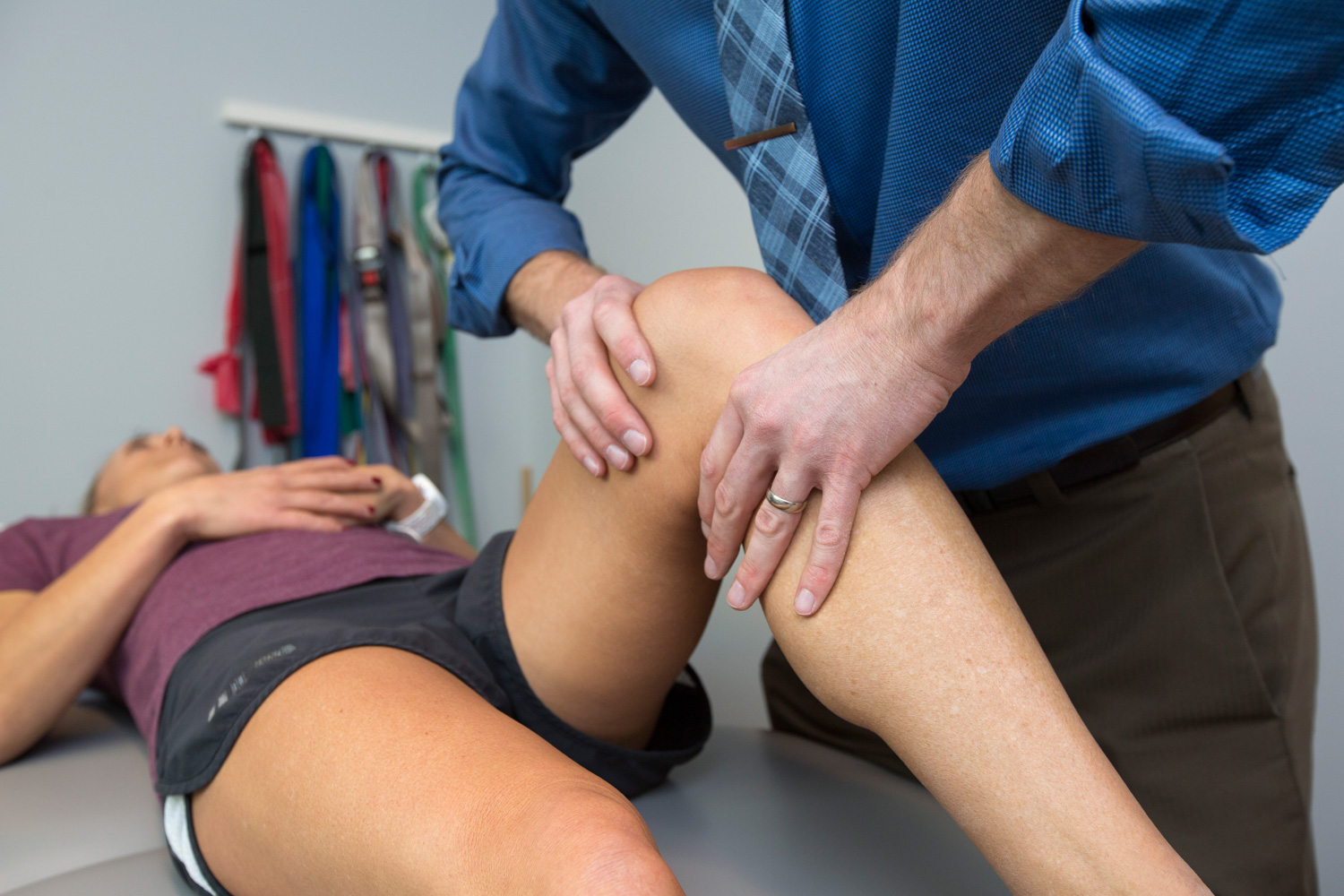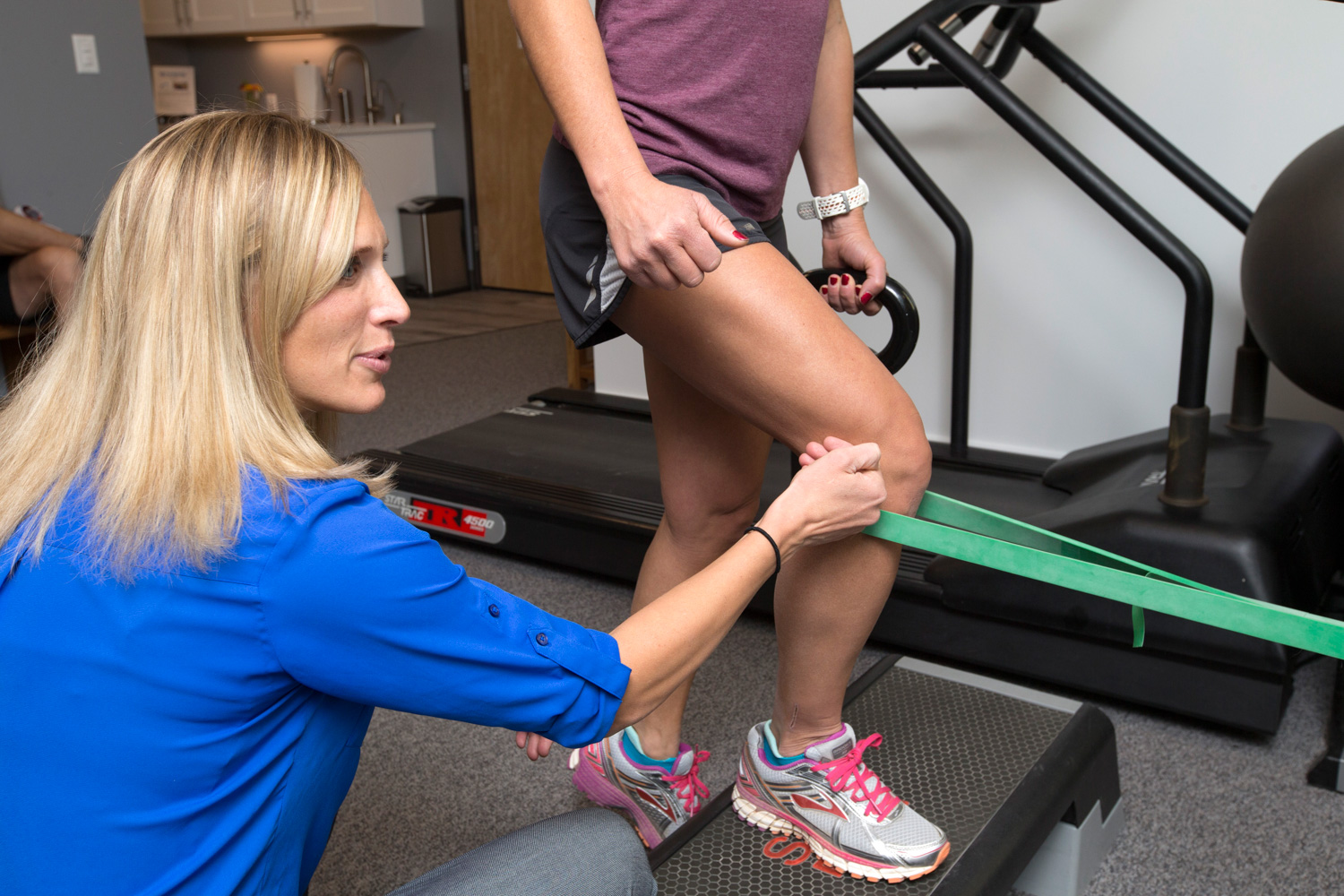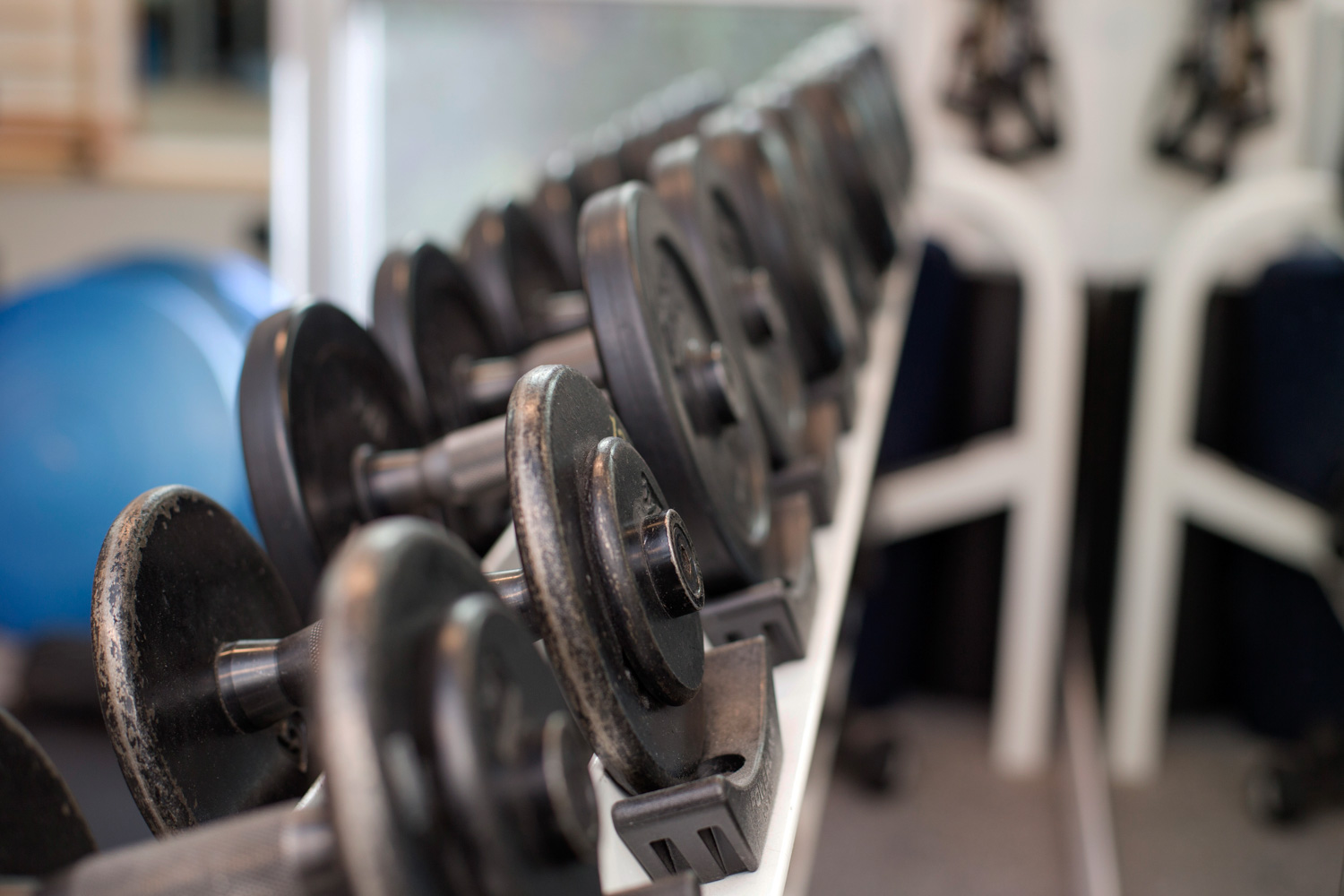1 in 2 people in our country suffer from a chronic muscle, joint, or tendon injury. These injuries create pain and lost time from life, work, and sport. We can assume every one of these patients has sought out information or care on the management of these conditions. From their first google search to consultations with multiple healthcare providers including Physical Therapists each person is seeking relief from their current condition. In my experience, patients can be led down two different paths of either getting by or getting better.
In our “I want it done yesterday” society there are multiple interventions each provider can offer to help a patient get by and feel better. These treatments are intended to reduce symptoms in the short term and can include rest, medication, manipulation, dry needling, or massage. Many patients will start their care here when pain and symptoms in the short term are their main concern. Their are two main limitations of this treatment option. The main drawback of this approach is a creation of patient dependency on the provider for relief of their current symptoms. Patient’s must continually return to their provider for relief of their symptoms. Secondly, these treatments when used in isolation provide only short term (2-3 days) relief. Patient’s utilizing this approach often get stuck in a pattern of symptomatic ups and downs leading to future recurrence and chronicity.
Conversely, patients get better when they are empowered to become a team member in their recovery. Patient’s are rapidly transitioned from dependent to independent care with the Physical Therapist functioning as a guide on a patient’s pursuit of their goals. The vast majority of muscle, joint, and tendon injuries require time and effort to not only heal the tissue but also resolve the underlying reasons for the initial injury. Getting better depends on the gradual loading of the body through exercise to return to optimal functioning. The length of this process is dependent on the nature of the injury, the body’s capacity to recover, and the team work of the patient and Physical Therapist.
Patients who achieve a full recovery and return to 100% of their prior activities have a few traits in common. First and foremost they want to be an active participant in their recovery. They wish to gain a better understanding of their diagnosis, as well as, the role both the provider and patient will play in the recovery process. Secondly, patients are willing to put in the time and work required to provide an optimal healing environment for the injured tissue. The vast majority of these injuries do not return to 100% without gradual loading. Finally, patient’s utilize the education and guidance of the Physical Therapist to become independent in the management of their symptoms and recovery. At this point in the recovery, the Physical Therapy acts as a resource available by call, text, or email and the patient takes the lead with the education they have received.
In short, injuries are common and no one moves through life without sustaining one. When an injury occurs seek out a provider who can not only make you feel better, but show you the path to a complete recovery. Stay fit and contact the experts at MEND when you are ready to begin your path to recovery.




